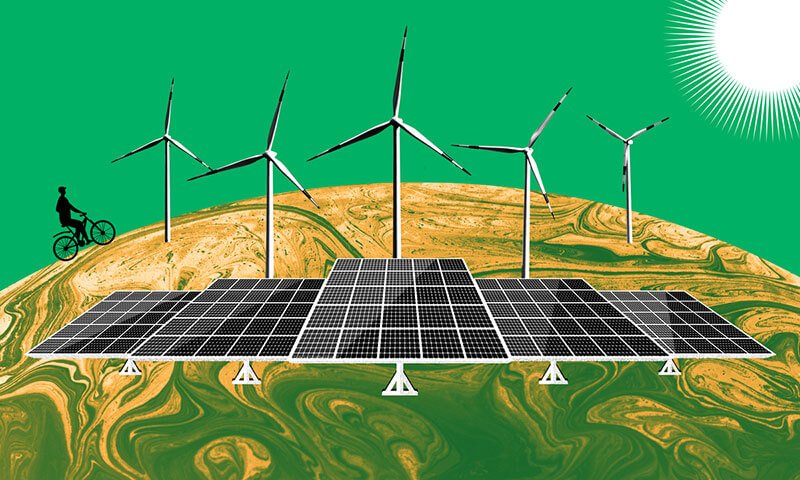Clean energy technologies – from wind turbines and solar panels to electric vehicles and battery storage – do require a wide range of minerals and metals (IEA), and produce thus some emissions, but still far less than fossil fuels. (IEA)
Solar panels produced today only need to operate for 4-8 months to make up for their manufacturing emissions (and the average solar panel has a lifetime of around 25-30 years). (IEA). Wind turbines, similarly, take only about 7 months to produce enough clean electricity to make up for the carbon pollution generated during manufacture (and they have a typical lifespan of 20-25 years). (ScienceDirect)
Most of the carbon pollution generated during a wind turbine’s life occurs during manufacturing. Once it’s up and spinning, the turbine generates close to zero pollution. A coal or natural gas plant, in contrast, burns fuel — and releases carbon dioxide — every moment that it runs. (Yale)
Even the most carbon-intensive wind turbine is responsible for far less carbon emissions per kilowatt-hour of electricity produced than any coal or natural gas-fired power plant. (Coal-fired power plants produce 675 to 1.689 grams of CO2 per kilowatt-hour, while natural gas power plants produce 437 to 758 grams — far more than on- and offshore wind which produce, on average, 15 and 12 grams (UNECE), or even the most carbon-intensive wind turbine at 25.5 grams). (Yale)
Electric vehicles, over their lifecycle, from manufacturing to disposal, produce about half the carbon emissions of the average internal combustion engine car, with the potential for a further 25 per cent reduction with low-carbon electricity. (IEA)

















